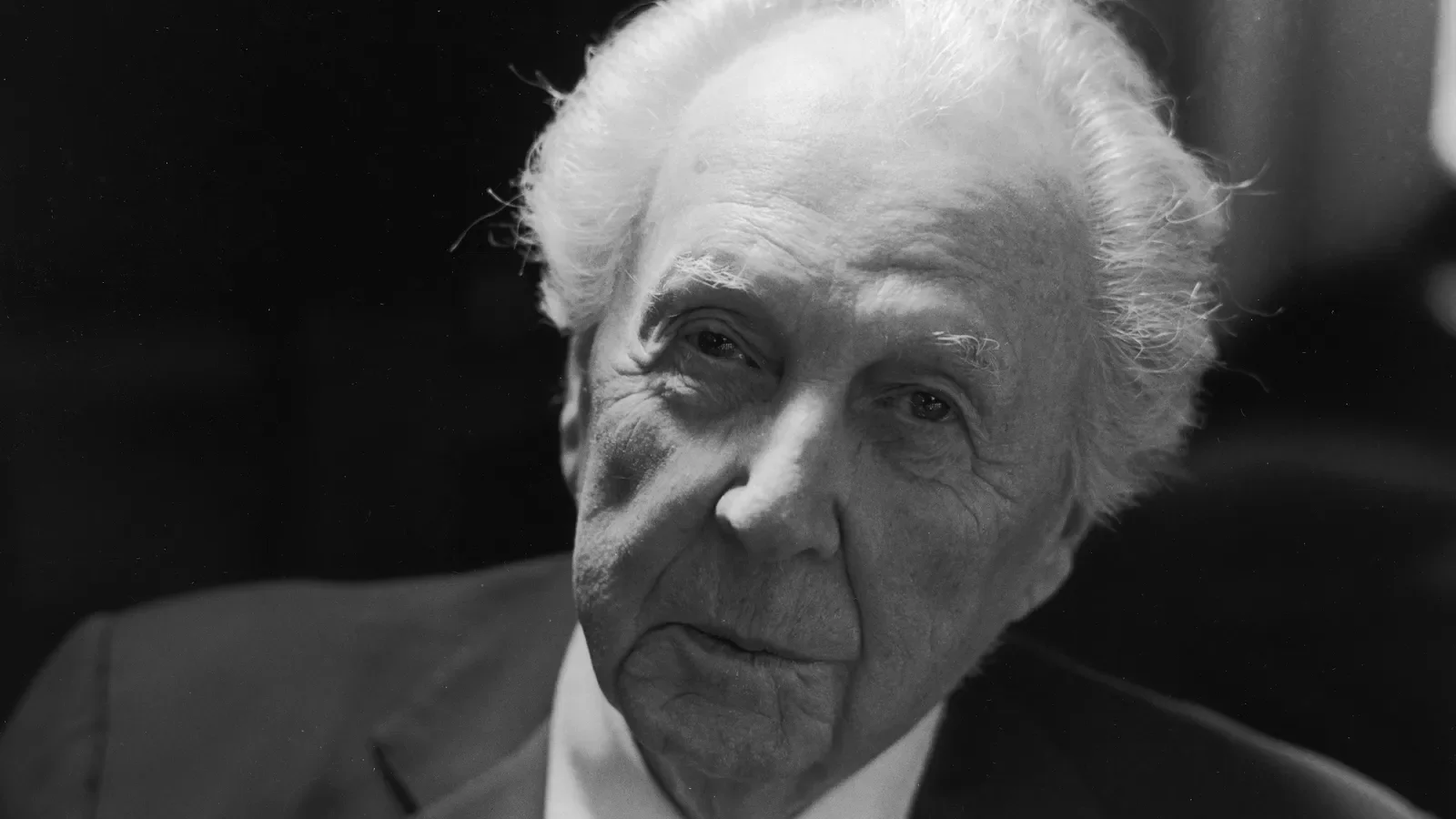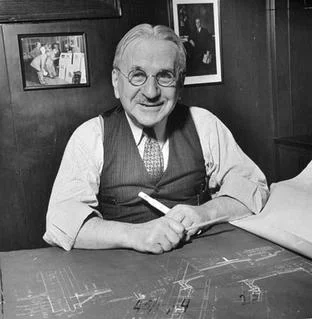Real Celebrities Never Die!
OR
Search For Past Celebrities Whose Birthday You Share

source:architecturaldigest.com
Frank Lloyd Wright
Birthday:
08 Jun, 1867
Date of Death:
09 Apr, 1959
Cause of death:
Pneumonia
Nationality:
American
Famous As:
Architect
Age at the time of death:
91
Early Life and Education
Frank Lloyd Wright, one of the most prominent American architects, was born on June 8, 1867, in Richland Center, Wisconsin. Growing up in the Midwest, his early life was shaped by the natural beauty of Wisconsin and the encouragement of his mother, who recognized his artistic talents. Wright’s passion for architecture emerged at a young age, fueled by his surroundings and his family’s influence. He spent his formative years in Wisconsin, with short stays in Iowa and Massachusetts.
Beginning of Wright’s Architectural Career
In 1885, at the age of 18, Wright moved to Chicago to pursue his dream of becoming an architect. He first worked as a draftsman for Joseph Lyman Silsbee’s architectural firm, while also attending classes at the Chicago School of Architecture. His career took a significant step forward in 1887 when he joined the firm of Dankmar Adler and Louis Sullivan, pioneers of modern architecture. Wright quickly rose to the position of chief draftsman, and Sullivan’s influence played a crucial role in shaping his architectural vision.
Founding His Own Practice and Prairie School Style
By 1893, Frank Lloyd Wright had gained enough experience to establish his own architectural practice in Chicago. He initially focused on residential and small commercial projects, which allowed him to experiment with new design ideas. It was during this period that Wright developed his signature style, later called Prairie School architecture. This style emphasized horizontal lines and harmony with the natural surroundings. The Winslow House, completed in 1893 in River Forest, Illinois, is one of Wright’s early masterpieces, featuring a low-pitched roof, overhanging eaves, and a strong emphasis on horizontal elements.
Revolutionizing Architecture with Organic Design
Throughout his career, Wright consistently pushed the boundaries of traditional architecture. He believed buildings should not only serve practical purposes but also inspire and uplift the human spirit. His design philosophy centered on the integration of structures with the natural world, a concept he called organic architecture. Wright also pioneered the use of innovative materials, such as concrete, steel, and glass, to create visually striking and functional buildings.
Fallingwater: A Masterpiece of Organic Architecture
One of Frank Lloyd Wright’s most famous works is Fallingwater, completed in 1937. Located in rural Pennsylvania, Fallingwater is a prime example of Wright’s organic design principles. The house is built directly over a waterfall, with cantilevered balconies extending over the flowing water, creating a seamless connection between the building and its natural surroundings. The design blurs the boundaries between indoors and outdoors, making it one of the most celebrated architectural works in history.
Challenges in Wright’s Personal Life
Wright’s personal life was often tumultuous. His first marriage to Catherine Tobin ended in divorce in 1922 after years of marital difficulties. He remarried Maude Miriam Noel soon after, but their relationship also ended in divorce by 1927. However, his third marriage to Olgivanna Ivanova Lazovich Milanoff in 1928 brought him lasting happiness. Olgivanna played an essential role in Wright’s later career, encouraging his spiritual growth and helping establish the Taliesin Fellowship, a communal living and working environment for young architects.
Later Years and Continuing Legacy
Although Frank Llyod Wright faced personal and professional challenges, his passion for architecture never waned. His innovative designs and dedication to creating spaces in harmony with nature continued to influence the architectural world. Unfortunately, Frank Lloyd Wright passed away on April 9, 1959, in Phoenix, Arizona, at the age of 91. The cause of death was pneumonia. Despite his passing, Wright’s legacy remains alive through his groundbreaking work and enduring influence.
Frank Lloyd Wright's Quote's
Wright’s Enduring Impact on Architecture
Wright’s architectural philosophy continues to inspire architects around the globe. His emphasis on sustainability, integration with nature, and human-centered spaces revolutionized how buildings are designed. His iconic works, such as Fallingwater and the Winslow House, are timeless symbols of innovation and creativity. His vision extended beyond architecture; Wright believed buildings should enrich people’s lives and strengthen their connection to the environment.
Conclusion: A Visionary Architect’s Legacy
Frank Lloyd Wright remains a towering figure in the history of architecture. His revolutionary approach to blending the built environment with nature has left an indelible mark on the world. Despite facing personal and professional challenges, Wright’s contributions to architecture are celebrated worldwide. His influence on modern design, along with his enduring architectural masterpieces, ensures that his legacy will continue to shape the field for generations to come.
Name:
Frank Lloyd Wright
Popular Name:
Frank Lloyd Wright
Gender:
Male
Cause of Death:
Pneumonia
Spouse:
Place of Birth:
Richland Center, Wisconsin, USA
Place of Death:
Phoenix, Arizona, USA
Occupation / Profession:
Personality Type
Logician: Innovative inventors with an unquenchable thirst for knowledge. His works were innovative that blended the building with nature.
Even though Wright was against the American Institute of Architects, they awarded him gold medal
Wright's philosophy of "organic architecture" aimed to create harmony between human habitation and the natural world[
He designed around 800 buildings
He used to design dresses for his wife Olgivanna and female clients.
Franklin Medal
UNESCO Gold Medal
These are just a few of the many awards and honors that Frank Lloyd Wright received during his career
Royal Gold Medal







